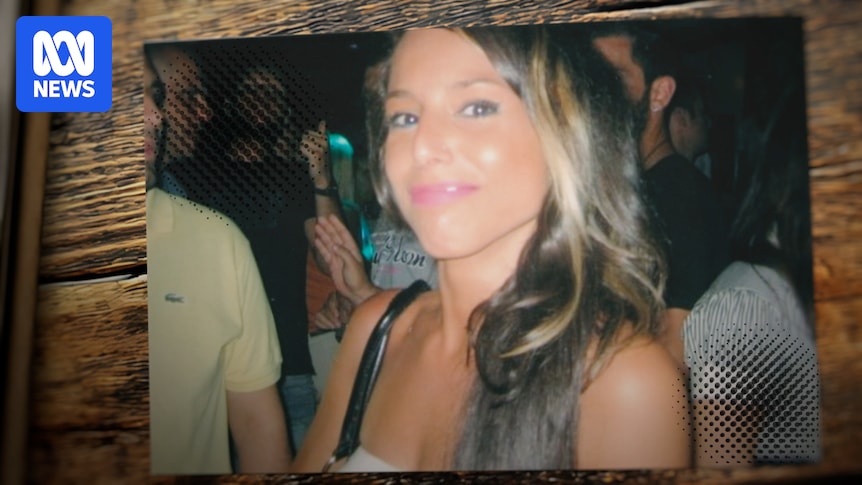A coronial investigation is being reopened into the death of a Melbourne woman whose body was found in a creek in 2011, with new evidence suggesting she might have been strangled.
Louisa Ioannidis’s body was found fully clothed and in a pink robe at the Darebin Creek in Reservoir on October 11, 2011, in a death that was initially deemed non-suspicious.
In January 2014, coroner Paresa Spanos ruled the 24-year-old’s death was “consistent with drowning”.
Louisa Ioannidis (second from left ) was living with her boyfriend in Reservoir at the time of her death. (Supplied)
They found the evidence did not support a finding that that anyone else was involved in her death but noted the woman had been in a volatile relationship with her then-partner.
Nearly 12 years on, the same coroner has set aside her own findings and ordered the investigation be reopened.
It comes after new evidence emerged and extensive lobbying from Ms Ioannidis’s family, who were recently featured on the ABC’s Australian Story program and the Troubled Waters podcast.
Tass Stouraitis told Australian Story he “just didn’t believe” that his sister had fallen and drowned. (Australian Story: Simon Winter)
“I didn’t believe that she just fell in the creek and drowned,” Ms Ioannidis’s brother Tass Stouraitis told Australian Story.
Fresh evidence presented to the court includes a report by a pathologist Johan Duflou, who analysed the original autopsy photos and concluded haemorrhages on Ms Ioannidis’s neck muscles were overlooked.
Coroner Spanos said Professor Duflou’s findings raised “a possibility of neck compression at some time prior to death”.
Louisa Ioannidis’ mysterious creek death
The coroner said there was also new data available about water flow rates and depths in Bundoora and Ivanhoe, locations where the Darebin Creek runs through.
An expert report about domestic violence, which was critical of the police investigation, was also put before the court, although Coroner Spanos said the investigation was not being reopened on the basis of that report.
Ms Ioannidis had been in a long-term relationship with a man named Youssef Asaad, which was “volatile involving arguments and physical abuse”, Coroner Spanos wrote.
Louisa’s family is determined to keep her memory alive. (Australian Story: Simon Winter)
According to the original coronial findings, Mr Asaad said he last saw his girlfriend running towards the Darebin Creek late on October 2, 2011 after the pair had an argument.
“He told police that he did not chase Ms Ioannidis, but instead returned to the house to wait for her there,” the findings stated.
The next day Mr Asaad “noticed a pink robe snagged on a branch in the creek” but did not report it.
The body was discovered by a person walking near the Darebin Creek, about 450 metres from the couple’s home. It was so badly decomposed that the identity could only be determined through fingerprint analysis, the coroner wrote.
In 2014, Coroner Spanos said the evidence “did not support a finding that Mr Asaad caused or contributed to [Ms Ioannidis’s] death”.
The coroner also ruled the evidence could not show whether Ms Ioannidis took her own life or died by accident.
In a statement issued by their lawyers, Ms Ioannidis’s family acknowledged the coroner’s ruling to re-open some aspects of the investigation.
“This is an emotional time for the family and they express their gratitude to all those who have assisted,” the family said.
Libertarian MP David Limbrick raised Ms Ioannidis’s case in Victoria’s parliament in September, acknowledging the Australian Story episode as well as a petition calling for a fresh inquest, that has since received more than 25,000 signatures.
David Limbrick addressed Louisa Ioannidis’s death in parliament, saying it raised concerns around women’s safety. (AAP: Joel Carrett)
“When tragedies occur, grief can be compounded if people feel the system has let them down,” Mr Limbrick said.
“Her untimely passing in 2011 has not only affected her family. Her story has shocked thousands of people in Melbourne because of the continuing concerns about women’s safety.”

